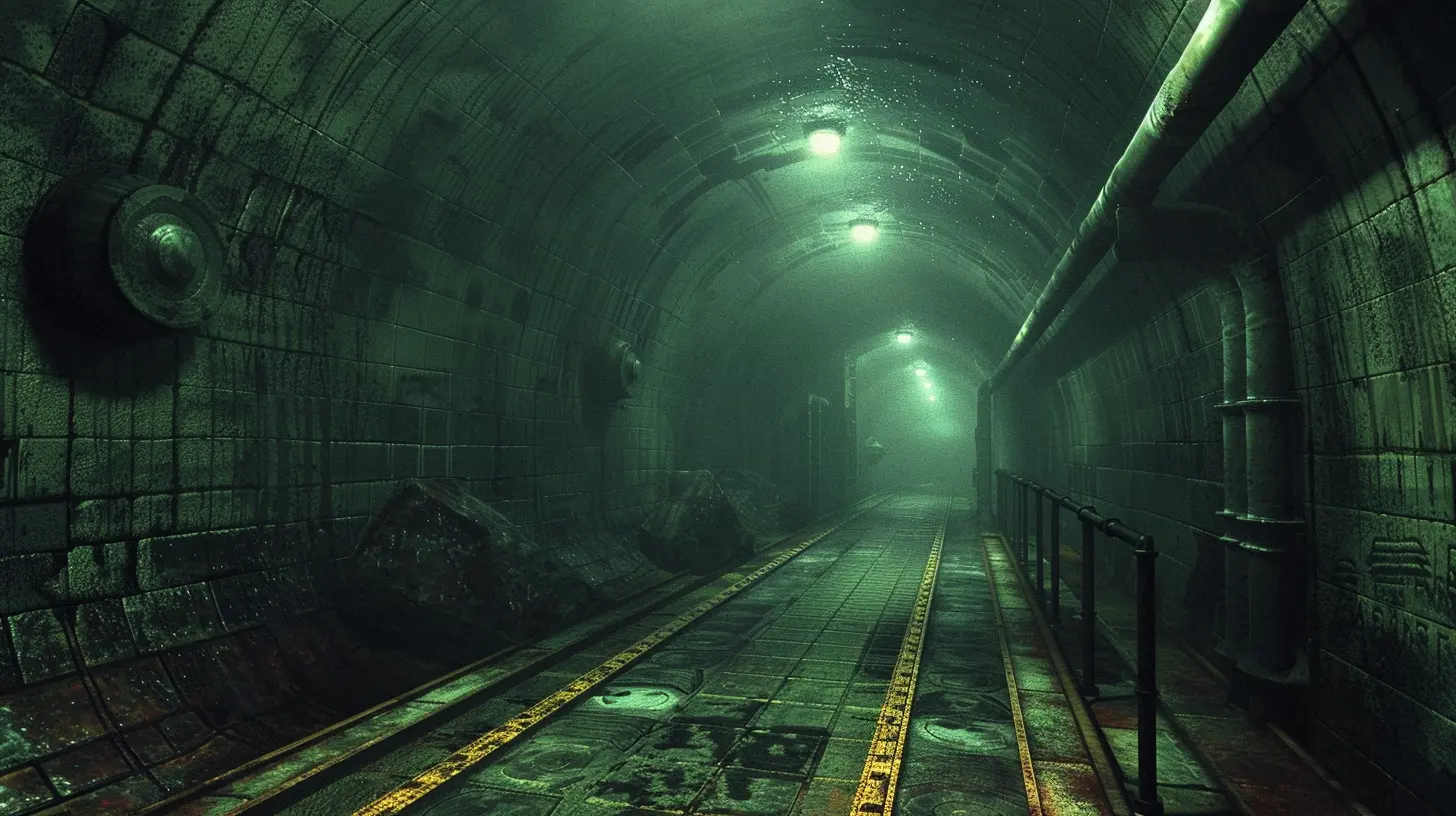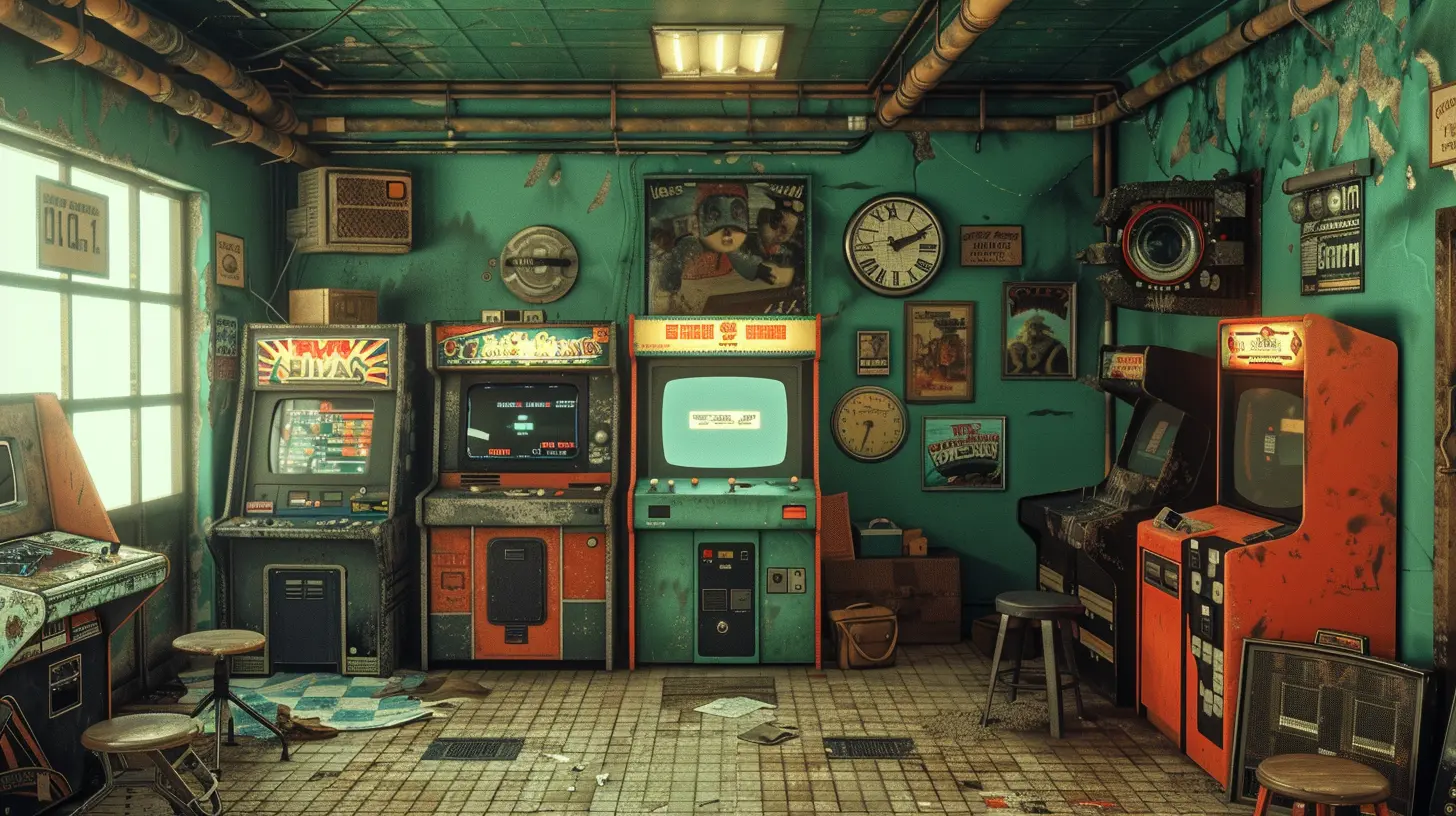Exploring the Underground Modding Scene of Retro Titles
27 November 2025
If you’re a gaming enthusiast, there’s a good chance you’ve dabbled with retro games at some point. Maybe it was that old NES cartridge gathering dust in the attic or a classic emulator you stumbled upon one late night. Whatever the case, retro gaming holds a unique charm that modern games, no matter how flashy, just can’t seem to replicate. But what if I told you there’s a secret world—an underground movement, if you will—where creative minds are breathing new life into these beloved classics? Welcome to the underground modding scene of retro titles, where passion meets innovation and nostalgia gets a shiny, custom-crafted makeover.

What Is Retro Modding, Anyway?
Before diving headfirst into the rabbit hole, let’s start with the basics. Retro modding, in simple terms, is the act of modifying older video games—either their hardware or software—to create something entirely new or just improve upon the original experience. Think of it as the gaming equivalent of restoring a vintage car, but with a wild twist. Sometimes modders aim to fix old bugs, enhance graphics, or add features. Other times, they go completely off the rails, creating entirely new levels, characters, or storylines.For example, ever heard of the legendary Super Mario 64 modding community? These folks didn’t just settle for improving textures or fixing glitches—they’ve built entirely new worlds within the game. It’s like taking a classic painting and turning it into a sprawling mural. Why stick to the confines of the canvas when you can do so much more?
The Appeal of Modding Retro Games
So, why do people do this? Why invest time and effort into games that most developers long abandoned? The answer lies in two words: passion and creativity.1. Nostalgia on Steroids
For many, retro games were the cornerstone of their childhood. Modding offers a way to revisit those cherished memories while adding a fresh spin. It’s like going back to your favorite childhood playground, but this time, you’re the one designing the swings and slides.
2. A Unique Challenge
Modding older games isn’t exactly a walk in the park. These games were built on outdated hardware and software, which means modern tools often don’t apply. Modders have to reverse-engineer code, think outside the box, and overcome countless technical hurdles. It’s equal parts frustrating and rewarding—a true challenge for problem-solving enthusiasts.
3. Creative Freedom
Retro modders are like the indie filmmakers of the gaming world. They aren’t shackled by corporate deadlines or financial targets. Instead, they can let their imaginations run wild, crafting something deeply personal and unique. Want to turn The Legend of Zelda: Ocarina of Time into a horror game? Go for it. (Yes, someone actually did that, and it’s as creepy as it sounds.)
Popular Retro Titles in the Modding Scene
Not all retro games get the modding treatment. Some titles, however, have gained almost mythical status in the modding community. Let’s take a look at a few fan favorites.1. Super Mario 64
If there’s one game that symbolizes the modding scene’s potential, it’s Super Mario 64. Modders have created everything from new levels and characters to complete overhauls like the fan-made multiplayer edition. One popular mod, Last Impact, essentially turned the game into a sequel with original levels, enemies, and mechanics.2. The Legend of Zelda Series
Whether it’s Ocarina of Time or A Link to the Past, Zelda games have long been playgrounds for modders. Some mods introduce tougher challenges or add quality-of-life improvements, while others, like The Missing Link, bridge gaps in the series’ lore with entirely new adventures.3. Pokémon Games
You haven’t truly explored modding until you’ve played a modded Pokémon ROM. Whether it’s fan-favorites like Pokémon Uranium or wild creations like Pokémon Clover, these mods offer new regions, storylines, and even custom Pokémon. Some mods even take Pokémon to places you wouldn’t expect, like darker, mature stories.4. Doom
Ah, Doom. The godfather of modding. This iconic FPS game has been reimagined countless times, with mods ranging from gameplay tweaks to total conversions. Ever wanted to play Doom as a turn-based RPG? Someone made that happen.
How Does The Modding Process Work?
Alright, let’s talk shop. How do modders actually go about creating these masterpieces? Though it can vary depending on the game and the goal, here’s the general blueprint:1. Reverse-Engineering the Game
Most retro games weren’t exactly designed with modding in mind. Modders often rely on reverse-engineering, which involves digging into the original game code to understand how it works. Sounds daunting? It is. It’s like trying to read a treasure map written in a long-dead language.2. Using Modding Tools
Thankfully, over the years, communities have developed tools to simplify the process. For example, Lunar Magic is a tool specifically for modding Super Mario World, and PKHack is used to tweak EarthBound. These tools act as bridges connecting modders to the inner workings of the games they love.3. Playtesting (Lots of Playtesting)
Modding isn’t just about throwing in shiny new features; they have to work. Playtesting helps squash bugs and ensure a smooth experience. It’s also where modders can fine-tune their vision to perfection.The Underground Nature of Modding
Now, here’s where things get a little dicey. Modding operates in something of a legal gray area. Technically, modifying and distributing someone else’s intellectual property without permission is against copyright law. However, many companies have turned a blind eye to mods, especially for games they no longer actively sell or support. Some, like Bethesda, even encourage modding for their titles, though that’s a rarity when it comes to retro games.Still, modding communities often have to tread carefully. They rely on forums, Discord groups, and other semi-private platforms to share their creations. It’s not exactly secret-agent level covert, but there’s definitely an underground vibe to it.
The Future of Retro Modding
With emulation becoming more accessible and retro gaming continuing to rise in popularity, the modding scene shows no signs of slowing down. In fact, some might argue it’s more alive than ever. Streaming platforms like Twitch and YouTube have given modders a wider audience, while crowdfunding has enabled ambitious projects like never before.What’s more, new tools are being developed all the time, making modding more accessible to beginners. Who knows? Maybe you’ll be the next big name in the modding world. The only limit is your imagination (and, you know, copyright law).
How to Get Involved in the Modding Community
Feeling inspired? Joining the modding community isn’t as hard as it seems. Here are a few steps to get started:1. Pick a Game You Love
Passion is key here. Choose a game you already adore, as you’ll be spending countless hours dissecting it.
2. Learn the Basics
There are plenty of tutorials online to help you get started. You don’t need a computer science degree, but a willingness to learn will take you far.
3. Join a Community
Whether it’s through forums like ROMhacking.net or subreddits like r/romhacks, connecting with other modders can help you learn the ropes and find inspiration.
4. Start Small
Don’t try to create a masterpiece on your first attempt. Focus on small tweaks or additions to build your confidence.
Conclusion
The underground modding scene for retro titles is a testament to just how far people are willing to go for the love of gaming. It’s a world where creativity knows no bounds, and nostalgia is more than just a warm, fuzzy feeling. It’s a driving force that pushes talented individuals to reimagine, reinvent, and rediscover the classics that defined an era. So, whether you’re a player, a creator, or just a curious observer, there’s something magical about this underground world. Why not dive in and see what surprises it holds?all images in this post were generated using AI tools
Category:
Retro GamesAuthor:

Brianna Reyes

